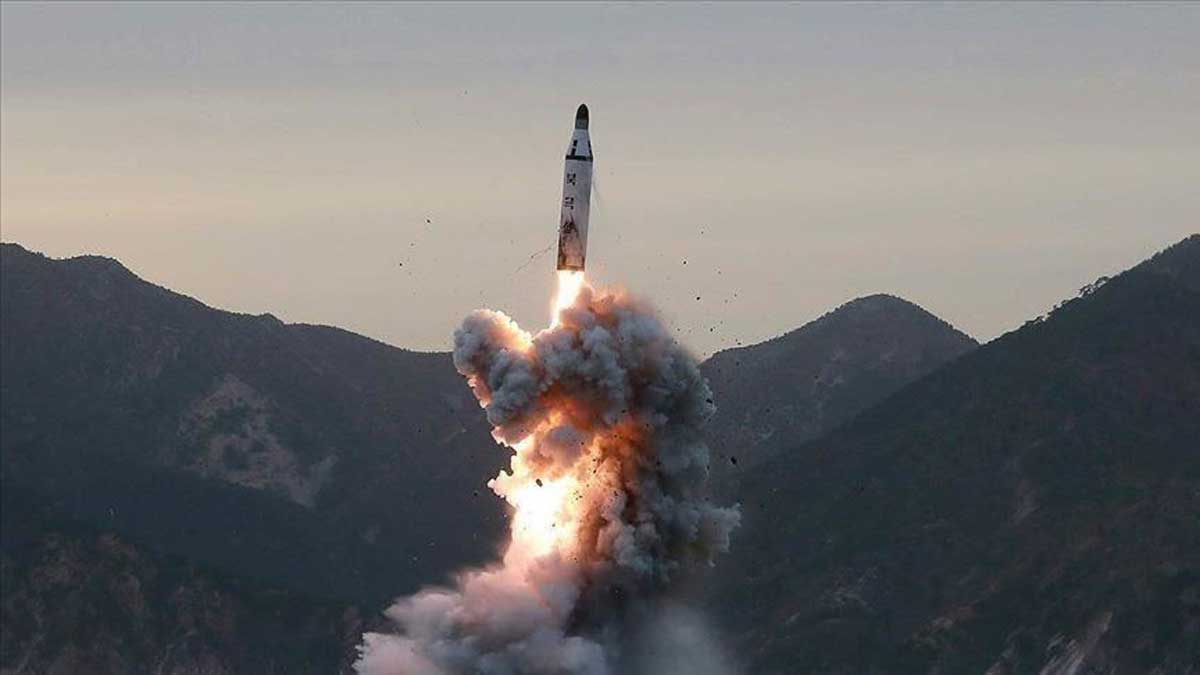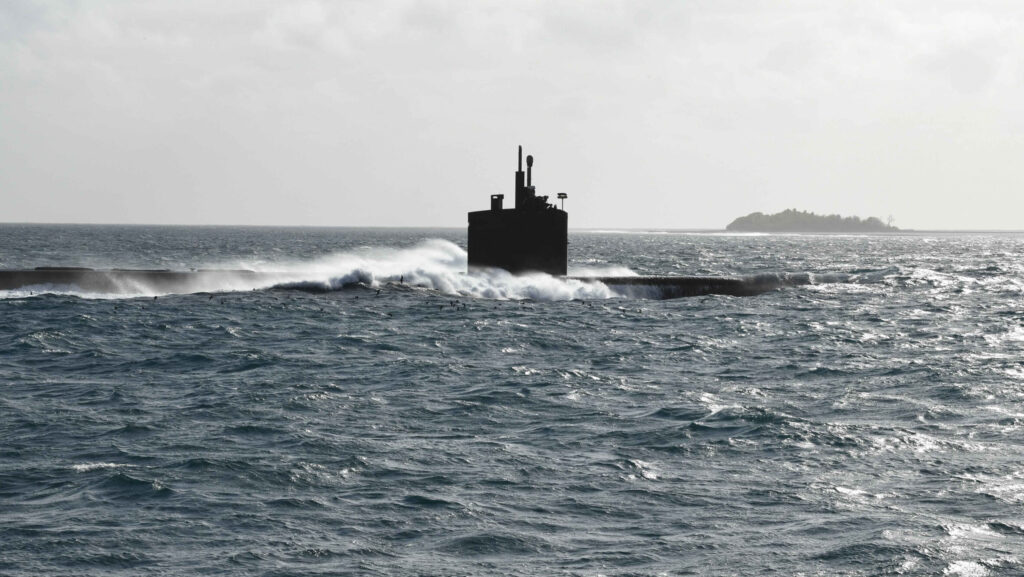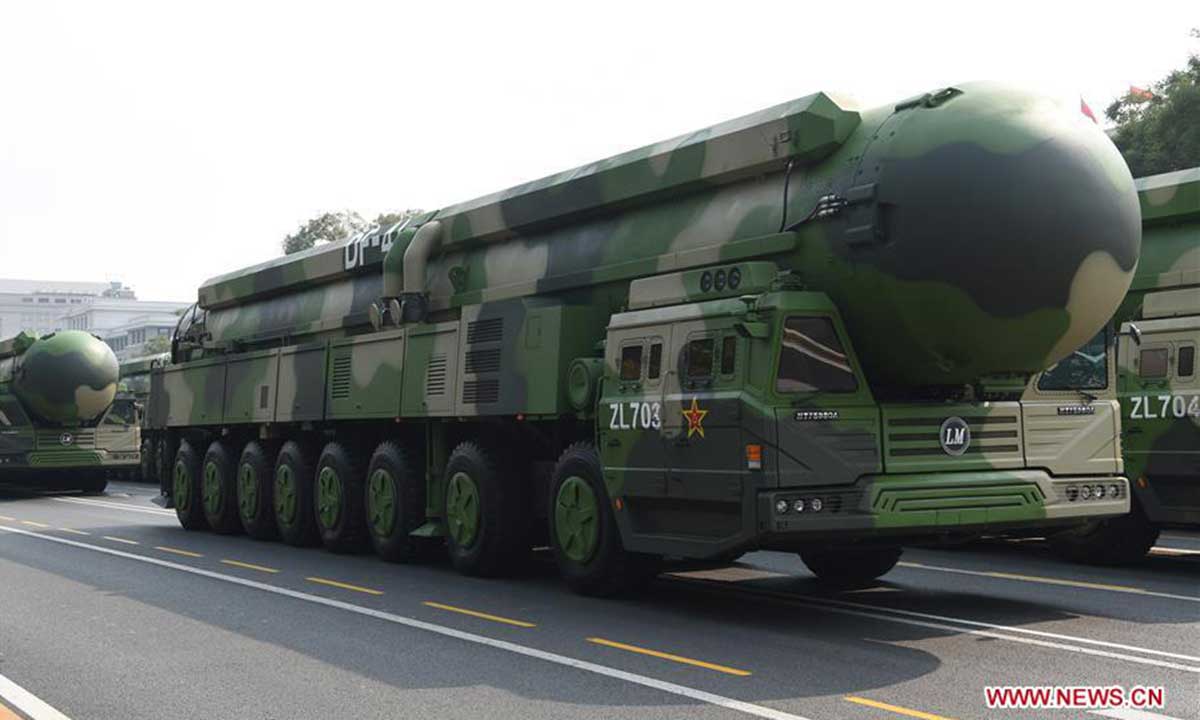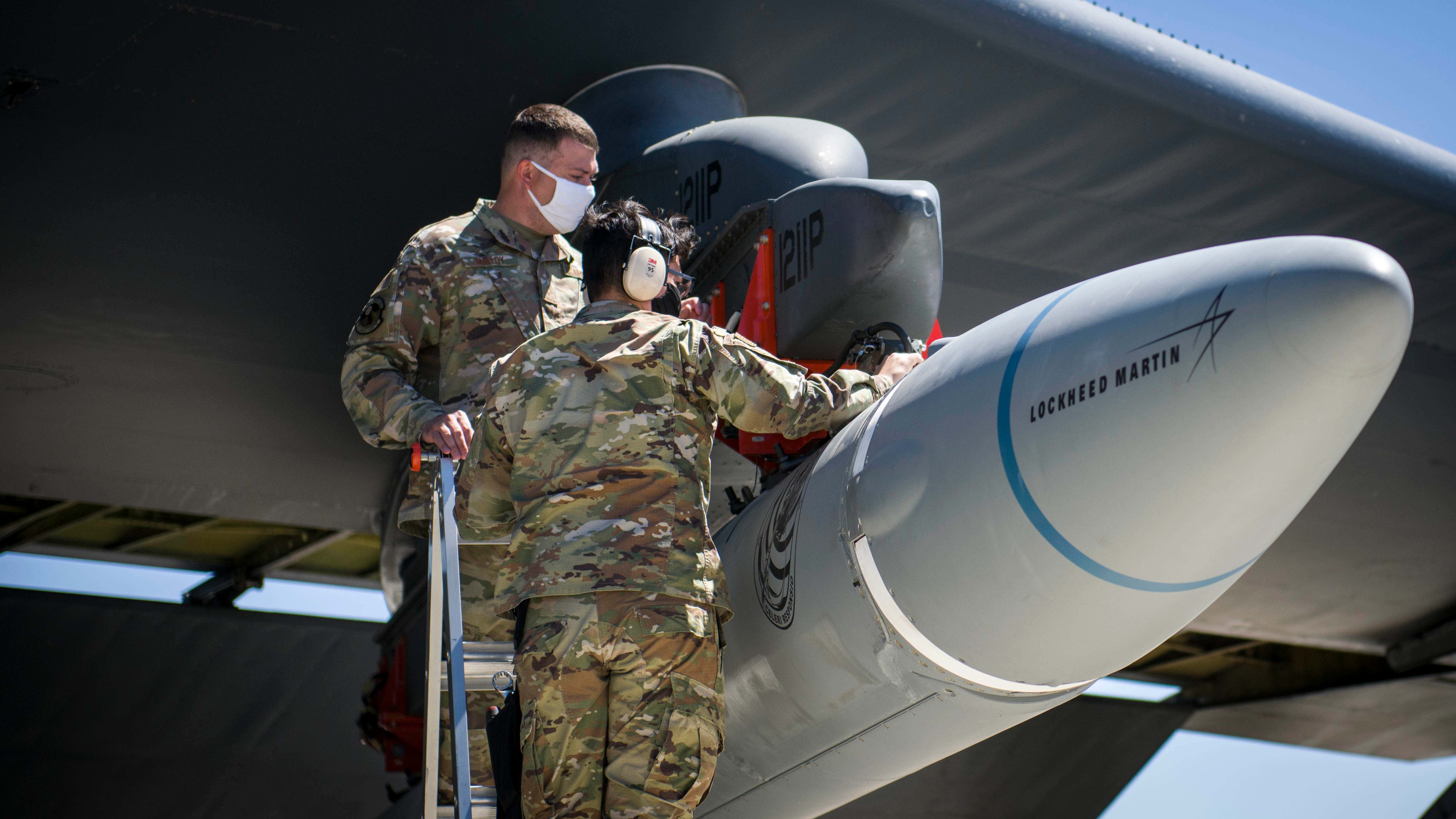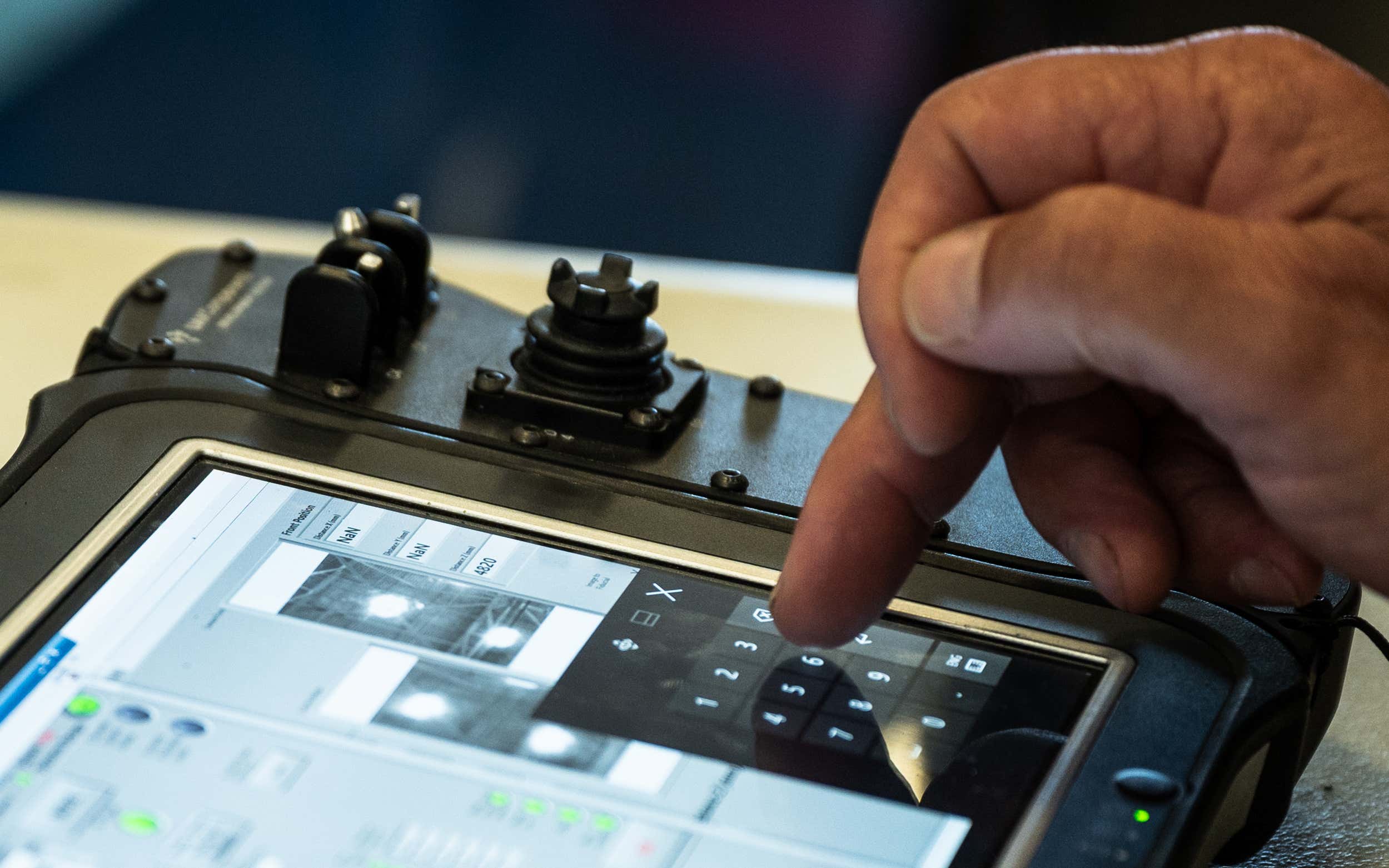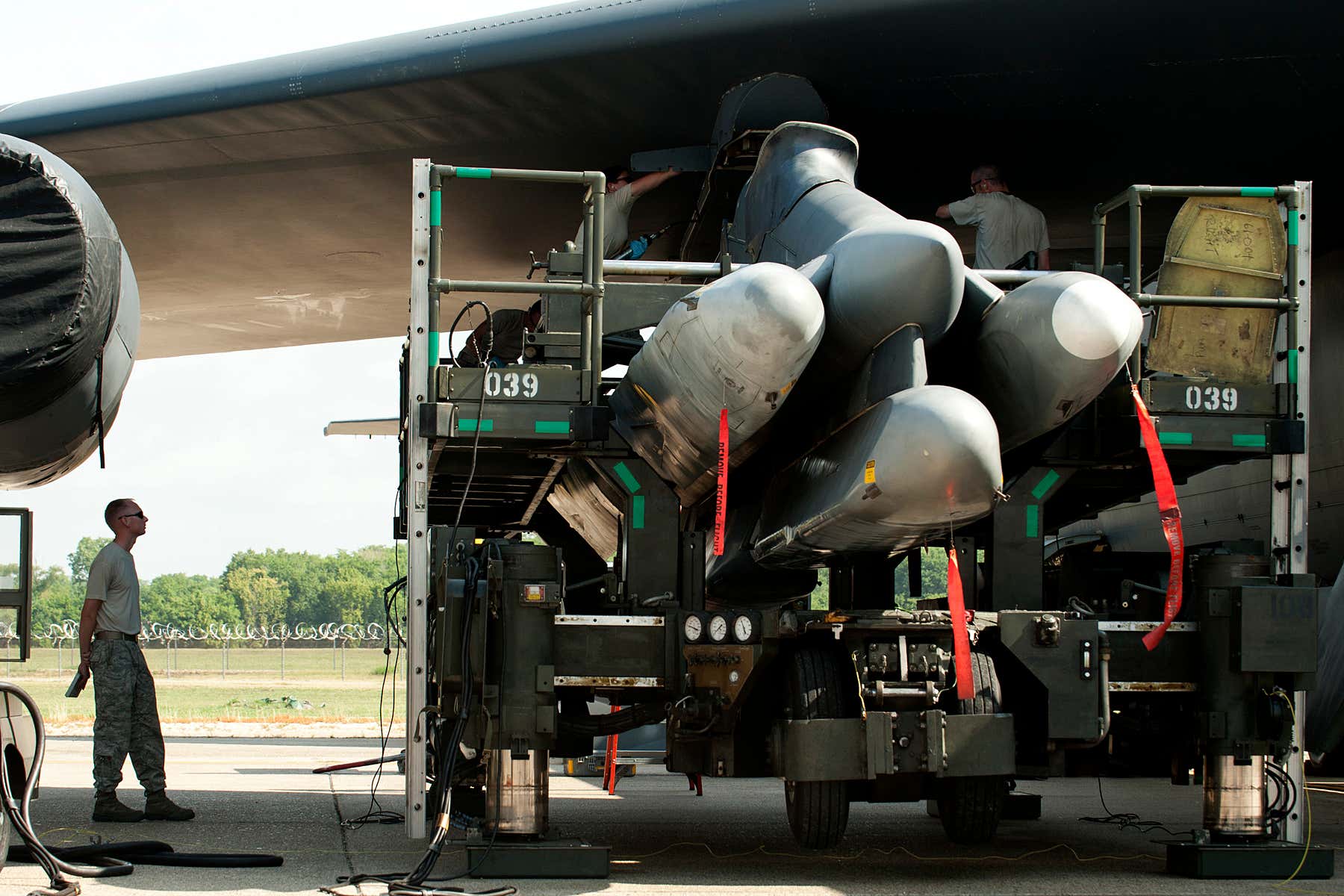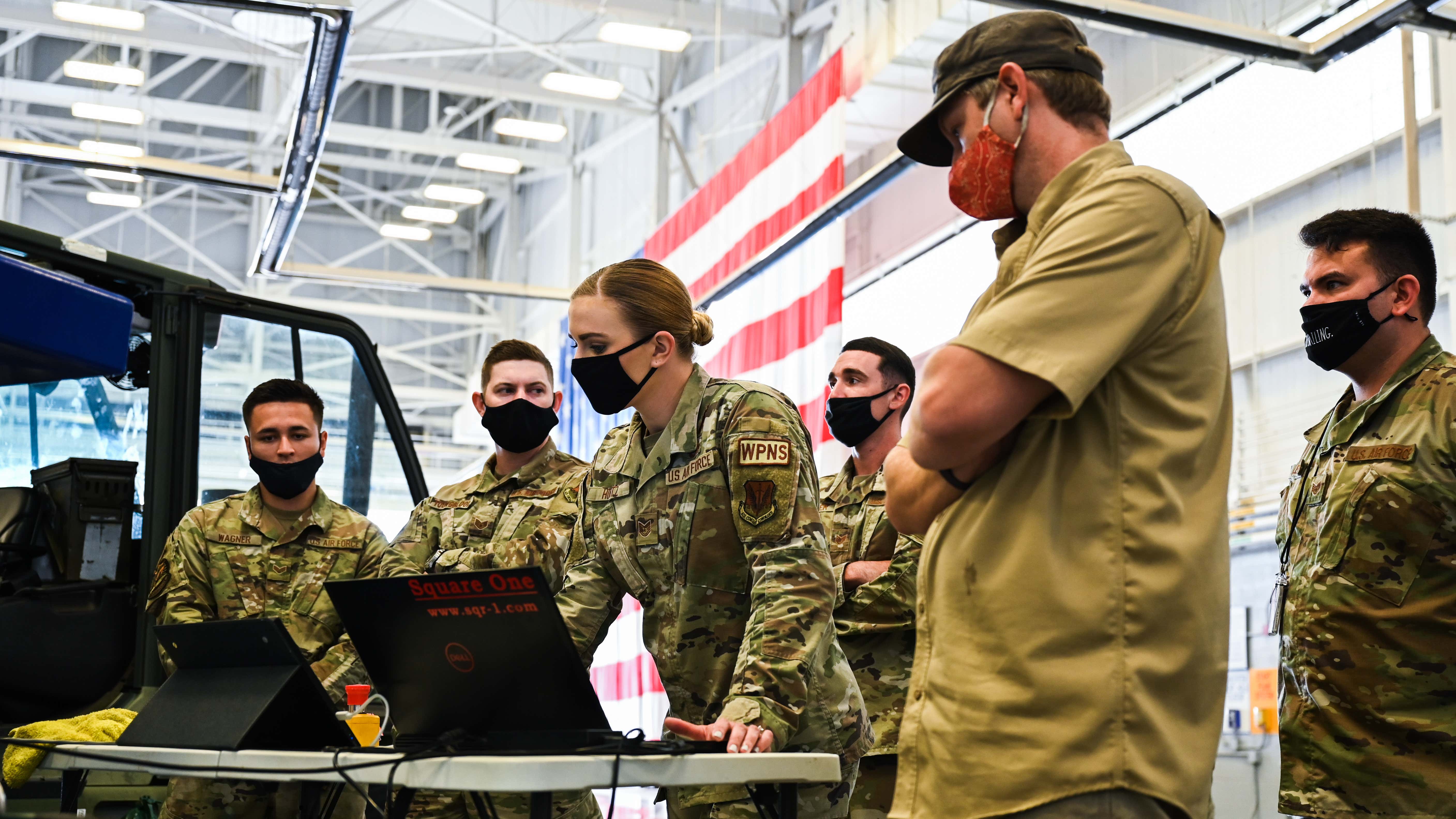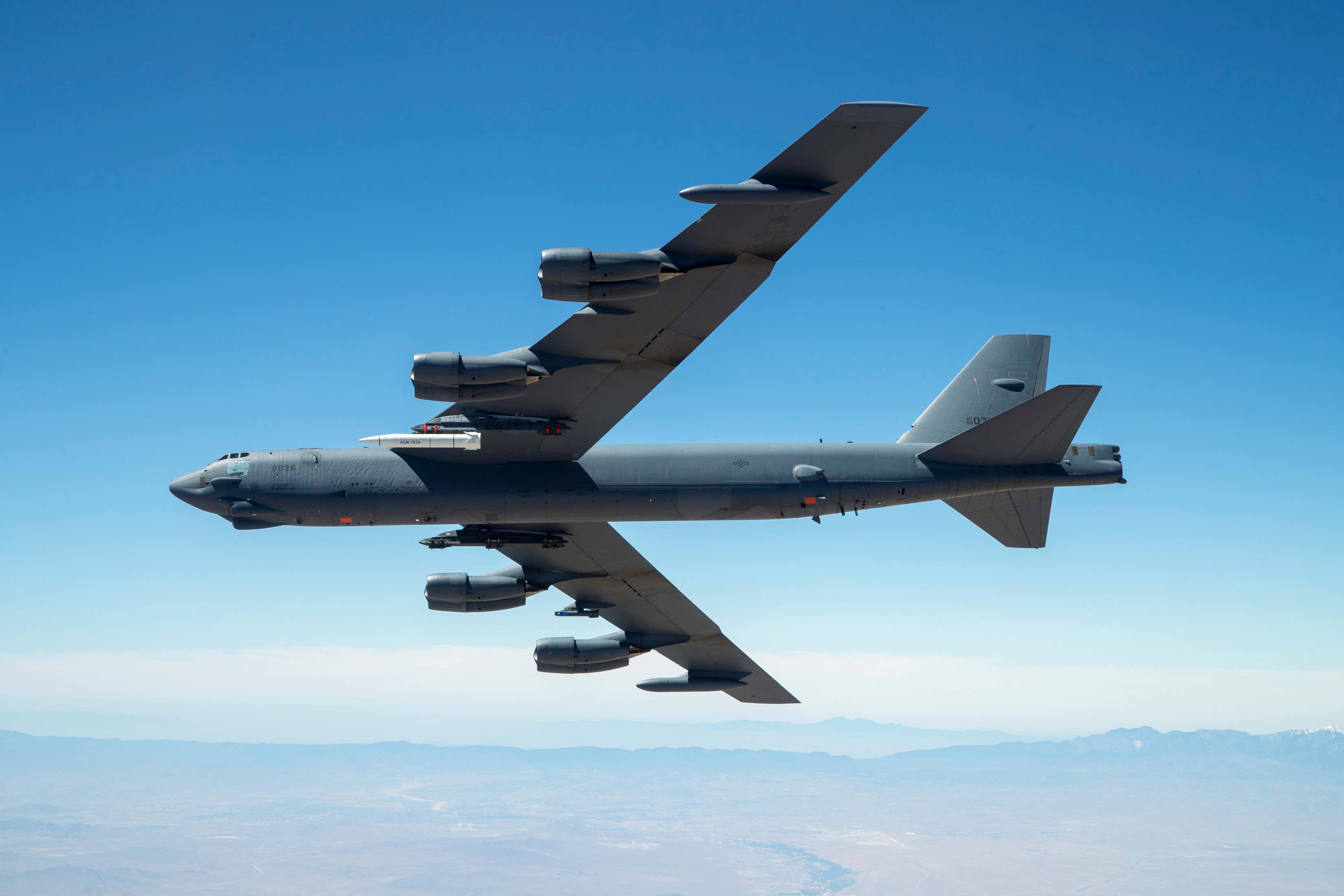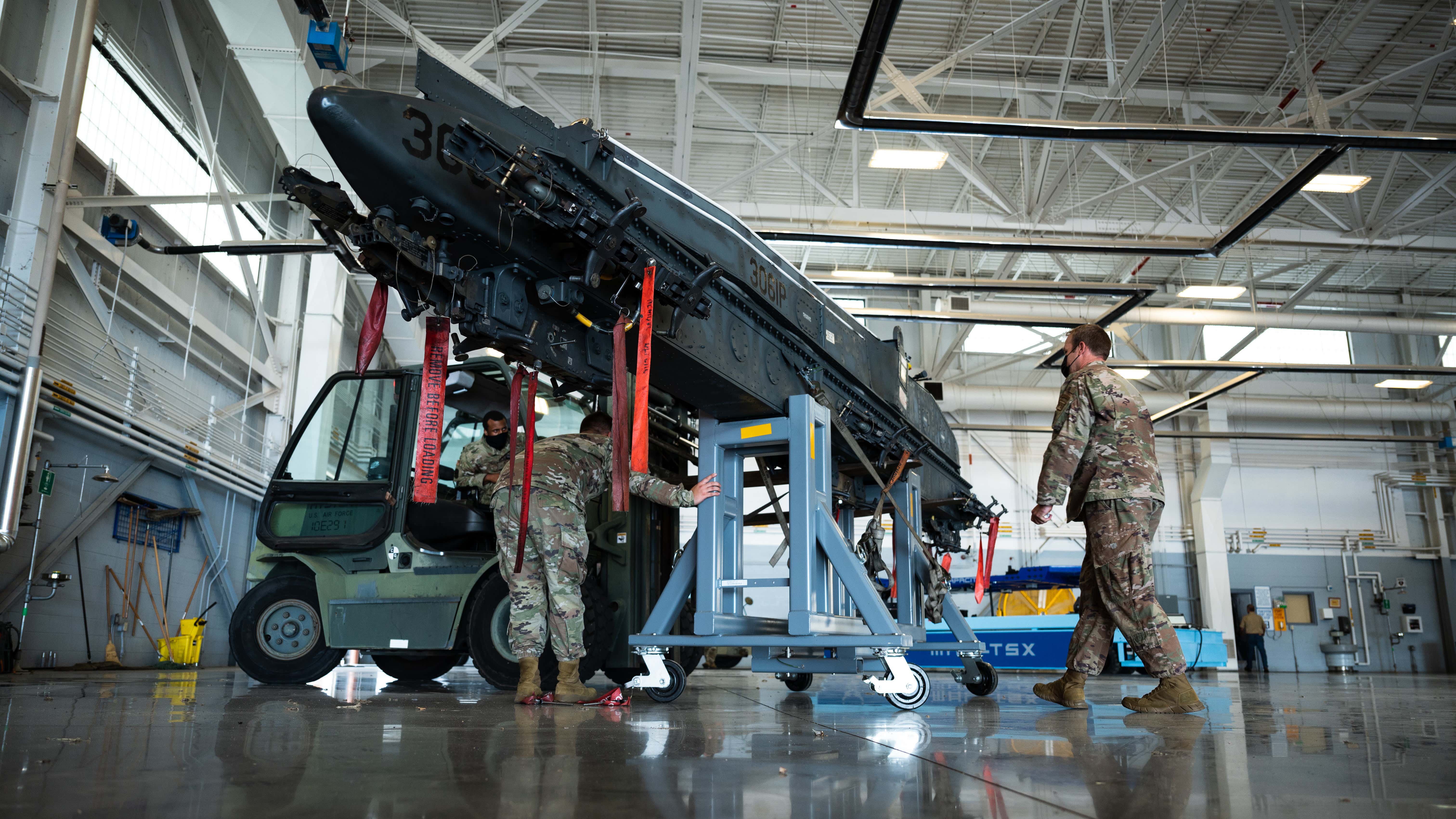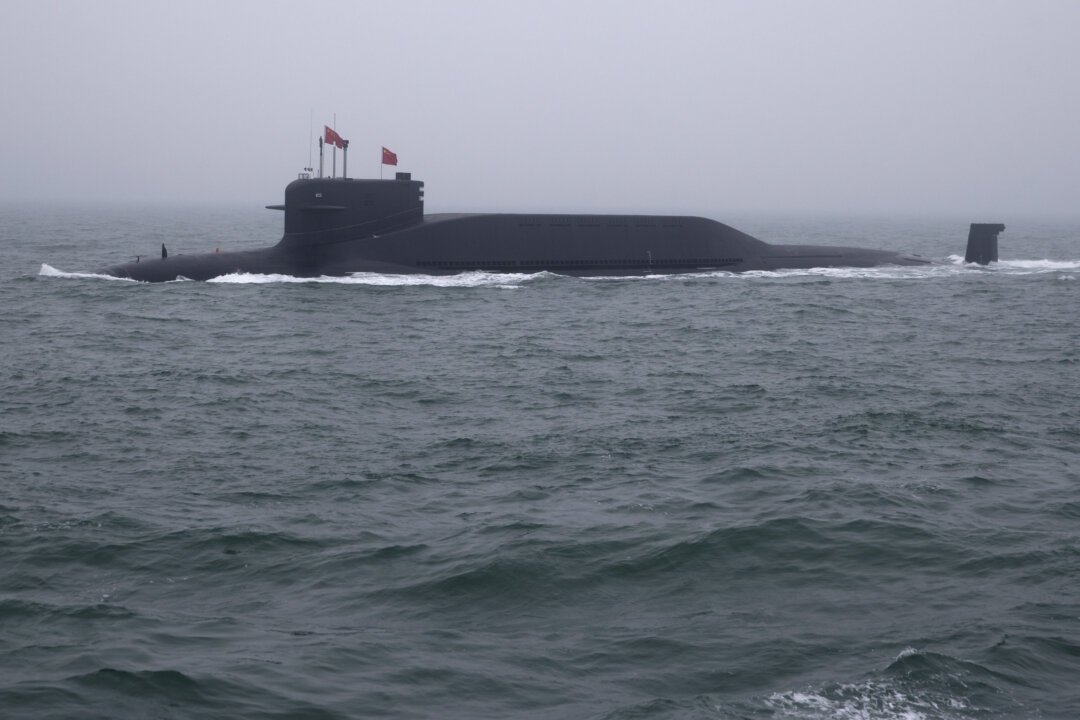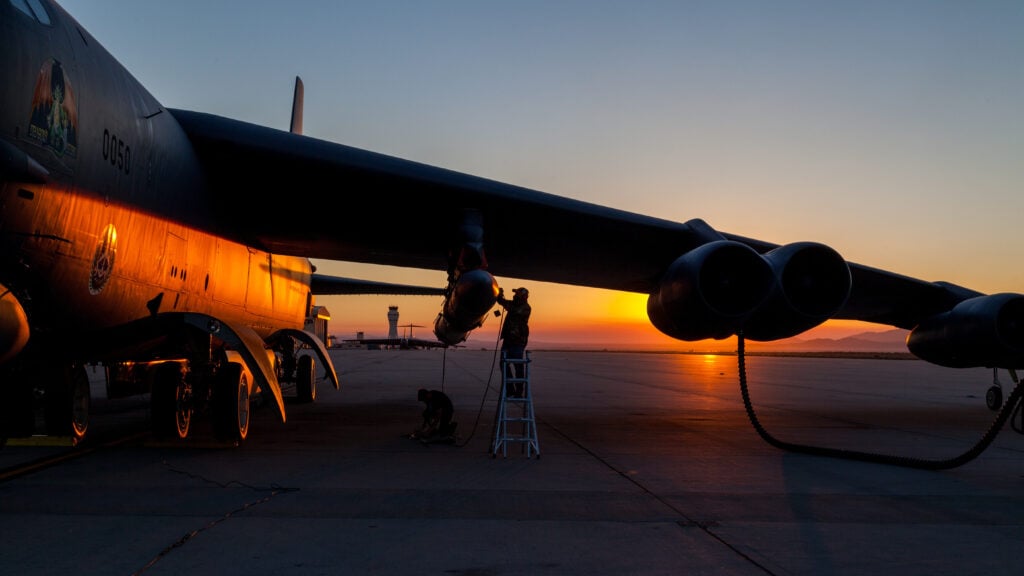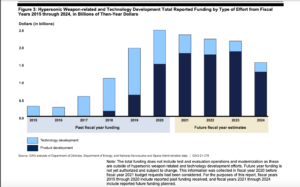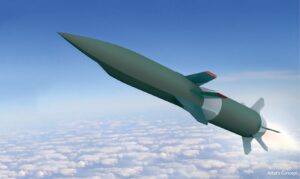(488) 08-28-2021-to-09-03-2021__****THE****WINDS****of****WAR****
(489) 09-04-2021-to-09-10-2021__****THE****WINDS****of****WAR****
(490) 09-11-2021-to-09-17-2021__****THE****WINDS****of****WAR****
_________________________________
Hummm......
Posted for fair use.....
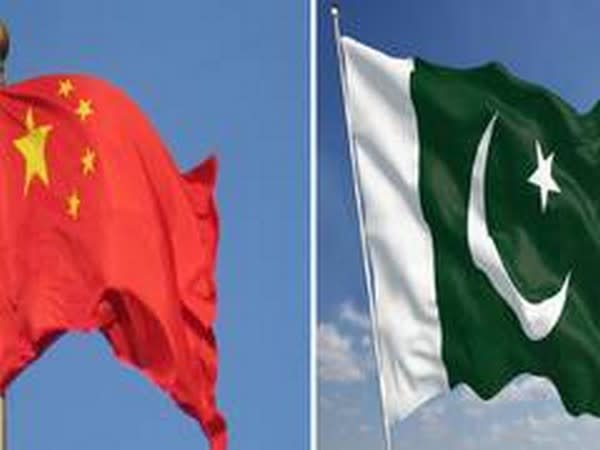
 sg.news.yahoo.com
sg.news.yahoo.com
China-Pakistan new nuclear deal may push world towards renewed arms race, conflict
ANI
Fri, 17 September 2021, 5:55 pm · 3-min read
Tel Aviv [Israel], September 18 (ANI): All-weather allies Pakistan and China signed a new nuclear agreement that will push the world towards a renewed nuclear race and conflict.
Fabien Baussart, in a blog post in The Times of Israel, said that it is a dangerous new nuclear pact.
The Framework Agreement on Deepening Nuclear Energy Cooperation was signed by Pakistan Atomic Energy Commission (PAEC) and China Zhongyuan Engineering Cooperation on September 8, 2021.
The agreement, finalised at a high-level meeting on August 20, 2021, was signed through virtual mode and would remain valid for ten years, reported The Times of Israel.
The agreement envisages the transfer of nuclear technology, uranium mining and processing, nuclear fuel supply and setting up research reactors, which will help Pakistan increase its nuclear weapons stockpile.
For China, an enhanced Pak nuclear arsenal adds teeth to its grand strategy of countering India's military strength, said Baussart.
Although the 2021 agreement envisages cooperation in construction, maintenance and waste management of nuclear power reactors, the likelihood of diversion of technology and material for reprocessing facilities meant for producing nuclear warhead material remains dangerously high, if past experience of Pakistan's illegal nuclear trade and diversion is to be taken into account, reported The Times of Israel.
These suspicions are strengthened by the agreement's sweeping scope and content.
The main thrust of the agreement is comprehensive cooperation on the construction and maintenance of all future nuclear power projects in Pakistan.
Four new plants are on the anvil-two to be located at Karachi (K-4/K-5) and two at Muzaffargarh (M-1/M-2). These plants will be constructed under the Engineering Procurement and Construction Mode by adopting Chinese Hualong One Pressurize Water Reaction (HPR)-100 technology.
The site for M-1 and M-2 plants has already been finalised on the banks of Taunsa-Panjnad link canal in Tehsil Kot Addu, about 32 km from Muzaffargarh in Punjab, reported The Times of Israel.
As per the agreement, besides the construction of these four plants, China will strengthen its involvement in operating and maintaining all nuclear power plants in Pakistan, including refuelling outages, technical up-gradation and spare parts. Supplementary agreements to augment the main agreement are to be signed in the near future.
Five significant components of the agreement which offers Pakistan unprecedented access to China's nuclear capability in terms of technology, material and training are - a) Exploration and mining of uranium and training of personnel; b) Lifetime nuclear fuel supply and supply of initial refuelling fuel assemblies and associated core components; c) setting up of miniature neutron source reactor ; d) Radioactive management resources and assistance, including decommissioning of nuclear facilities, radioactive waste transport and disposal and radiation protection measures and; e) Nuclear technology application, including nuclear medicine, irradiation processing, radiopharmaceuticals, radioactive sources supply and manpower training, reported The Times of Israel.
The China-Pakistan nuclear cooperation dates back to 1986. China over the years has utilised official agreements to supply Pakistan with technology and material for nuclear warheads.
The September 2021 agreement substantially expands this cooperation with China helping strengthen Pakistan's nuclear industry chain by setting up additional plants, aiding uranium exploration, supply of nuclear fuel, nuclear waste management and nuclear technology applications, said Baussart. (ANI)
(489) 09-04-2021-to-09-10-2021__****THE****WINDS****of****WAR****
(490) 09-11-2021-to-09-17-2021__****THE****WINDS****of****WAR****
_________________________________
Hummm......
Posted for fair use.....

China-Pakistan new nuclear deal may push world towards renewed arms race, conflict
Tel Aviv [Israel], September 18 (ANI): All-weather allies Pakistan and China signed a new nuclear agreement that will push the world towards a renewed nuclear race and conflict.
China-Pakistan new nuclear deal may push world towards renewed arms race, conflict
ANI
Fri, 17 September 2021, 5:55 pm · 3-min read
Tel Aviv [Israel], September 18 (ANI): All-weather allies Pakistan and China signed a new nuclear agreement that will push the world towards a renewed nuclear race and conflict.
Fabien Baussart, in a blog post in The Times of Israel, said that it is a dangerous new nuclear pact.
The Framework Agreement on Deepening Nuclear Energy Cooperation was signed by Pakistan Atomic Energy Commission (PAEC) and China Zhongyuan Engineering Cooperation on September 8, 2021.
The agreement, finalised at a high-level meeting on August 20, 2021, was signed through virtual mode and would remain valid for ten years, reported The Times of Israel.
The agreement envisages the transfer of nuclear technology, uranium mining and processing, nuclear fuel supply and setting up research reactors, which will help Pakistan increase its nuclear weapons stockpile.
For China, an enhanced Pak nuclear arsenal adds teeth to its grand strategy of countering India's military strength, said Baussart.
Although the 2021 agreement envisages cooperation in construction, maintenance and waste management of nuclear power reactors, the likelihood of diversion of technology and material for reprocessing facilities meant for producing nuclear warhead material remains dangerously high, if past experience of Pakistan's illegal nuclear trade and diversion is to be taken into account, reported The Times of Israel.
These suspicions are strengthened by the agreement's sweeping scope and content.
The main thrust of the agreement is comprehensive cooperation on the construction and maintenance of all future nuclear power projects in Pakistan.
Four new plants are on the anvil-two to be located at Karachi (K-4/K-5) and two at Muzaffargarh (M-1/M-2). These plants will be constructed under the Engineering Procurement and Construction Mode by adopting Chinese Hualong One Pressurize Water Reaction (HPR)-100 technology.
The site for M-1 and M-2 plants has already been finalised on the banks of Taunsa-Panjnad link canal in Tehsil Kot Addu, about 32 km from Muzaffargarh in Punjab, reported The Times of Israel.
As per the agreement, besides the construction of these four plants, China will strengthen its involvement in operating and maintaining all nuclear power plants in Pakistan, including refuelling outages, technical up-gradation and spare parts. Supplementary agreements to augment the main agreement are to be signed in the near future.
Five significant components of the agreement which offers Pakistan unprecedented access to China's nuclear capability in terms of technology, material and training are - a) Exploration and mining of uranium and training of personnel; b) Lifetime nuclear fuel supply and supply of initial refuelling fuel assemblies and associated core components; c) setting up of miniature neutron source reactor ; d) Radioactive management resources and assistance, including decommissioning of nuclear facilities, radioactive waste transport and disposal and radiation protection measures and; e) Nuclear technology application, including nuclear medicine, irradiation processing, radiopharmaceuticals, radioactive sources supply and manpower training, reported The Times of Israel.
The China-Pakistan nuclear cooperation dates back to 1986. China over the years has utilised official agreements to supply Pakistan with technology and material for nuclear warheads.
The September 2021 agreement substantially expands this cooperation with China helping strengthen Pakistan's nuclear industry chain by setting up additional plants, aiding uranium exploration, supply of nuclear fuel, nuclear waste management and nuclear technology applications, said Baussart. (ANI)

